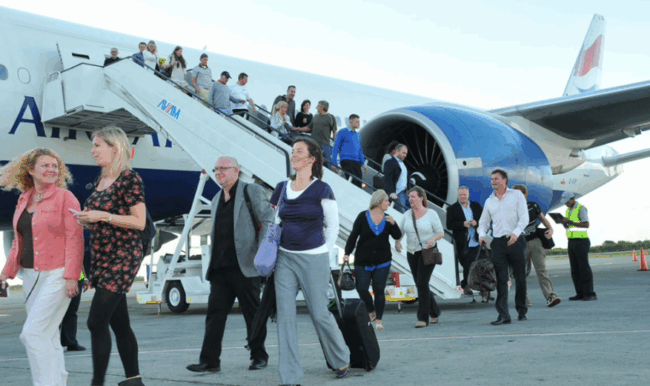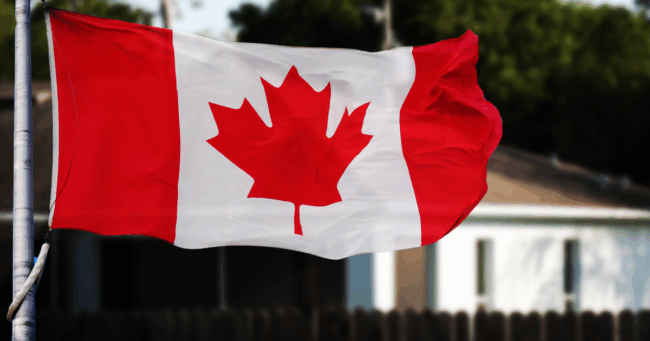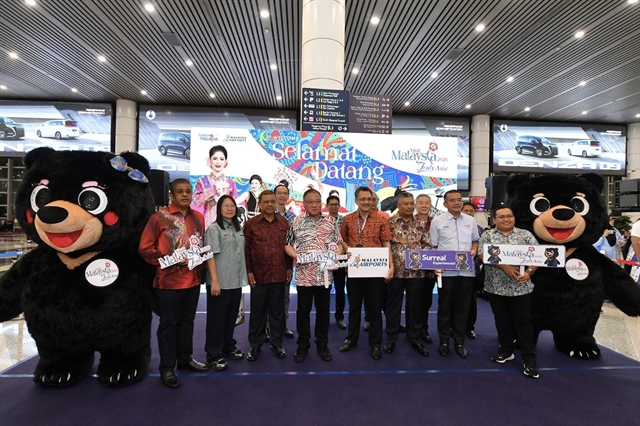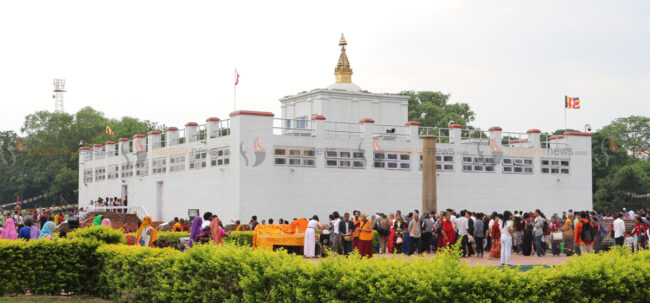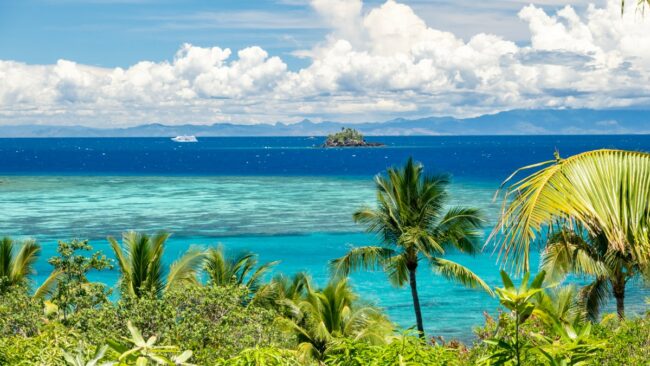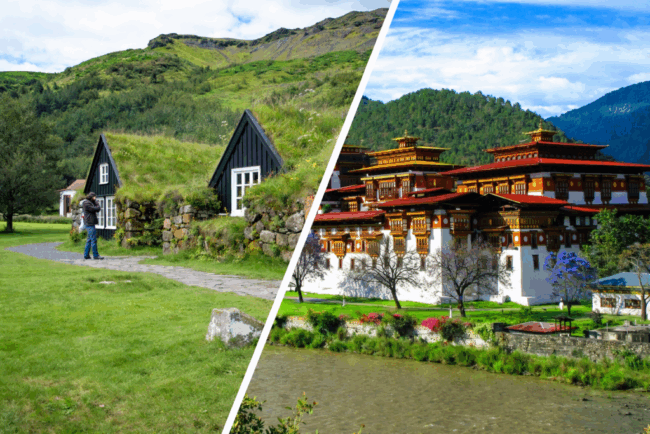Dominican Republic closes 2025 with its best tourism year in history
… slowdown, and changes in international travel patterns. With these results, … sector.
Cruise tourism and international recognition
Cruise tourism continued to … received widespread recognition from international tourism executives and regional authorities. …

